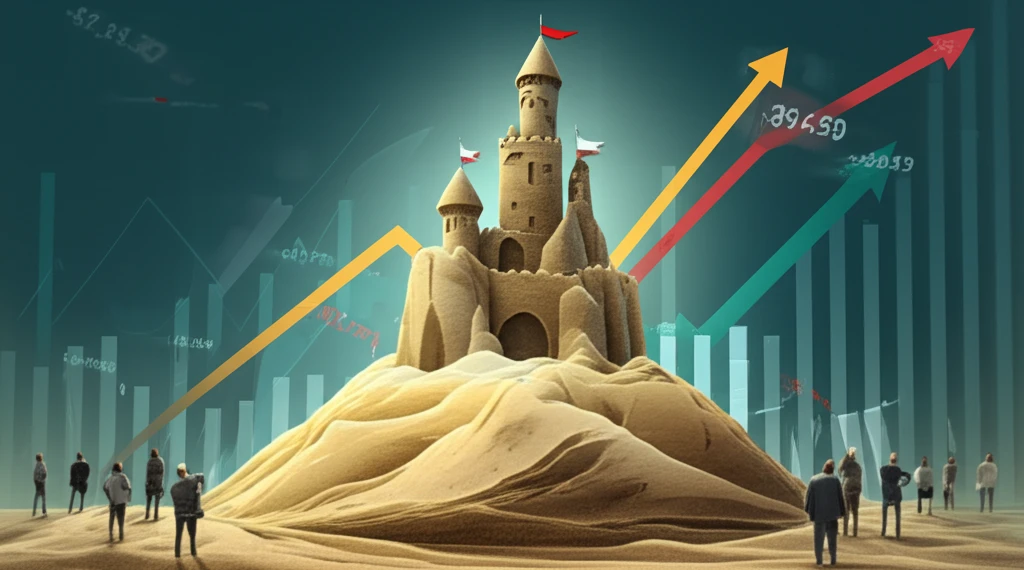
Decoding Economic Forecasts: Why They're Always Changing
"Navigate the shifting sands of economic predictions with a clear understanding of the successive approximation method and its limitations."
Economic forecasts play a crucial role in guiding investment decisions, shaping government policies, and influencing business strategies. However, these forecasts often appear unstable, leaving individuals and organizations questioning their reliability. Understanding why economic predictions are subject to frequent revisions requires delving into the complexities of economic modeling and the inherent uncertainties of market behavior.
Traditional economic models often struggle to capture the full picture, leading to predictions that need constant adjustment as new data emerges. The limitations stem from the way these models simplify the economy, often relying on a limited set of variables and assumptions. As a result, forecasts can be easily thrown off course by unexpected events or shifts in market sentiment.
One way to understand the evolving nature of economic predictions is through the lens of 'successive approximations.' This approach views economic modeling as an ongoing process of refinement, where each iteration builds upon previous ones, incorporating new information and addressing the shortcomings of earlier models. But what does this mean for consumers of economic insight?
What is the Successive Approximations Method in Economics?

The successive approximations method recognizes that economic reality is incredibly complex, involving countless interacting variables. Instead of attempting to create a single, all-encompassing model, economists often start with simplified representations and gradually add layers of complexity to improve accuracy.
- First-Order Approximations: These are basic models that focus on a few key variables, such as GDP, inflation, and unemployment. They provide a broad overview but may miss important nuances.
- Second-Order Approximations: These models incorporate additional factors, such as market trade data, consumer confidence, and global economic conditions. They offer a more detailed picture but are also more complex and require more data.
- Higher-Order Approximations: These advanced models attempt to capture even more subtle interactions and feedback loops within the economy. They may incorporate behavioral economics, network effects, and other sophisticated concepts.
The Future of Economic Forecasting
While the successive approximations method offers a powerful framework for understanding and improving economic forecasts, it also highlights the inherent limitations of prediction. The economy is a constantly evolving system, and even the most sophisticated models can be thrown off course by unforeseen events. Rather than seeking definitive answers, it’s more realistic to view economic forecasts as valuable but imperfect tools that can help us navigate an uncertain future. Consumers should always consider forecasts as one piece of information among many when making decisions.
